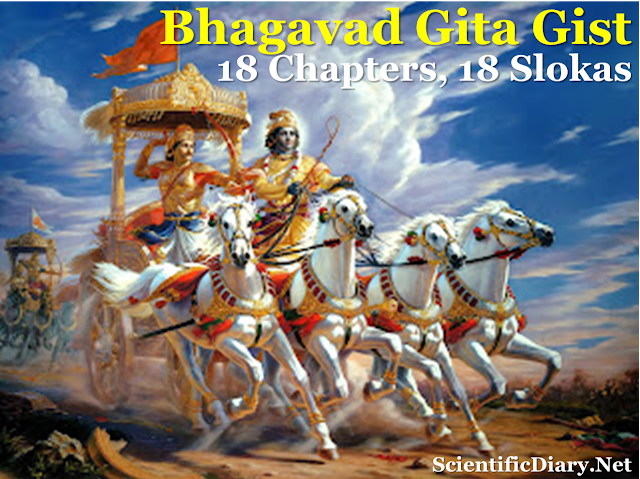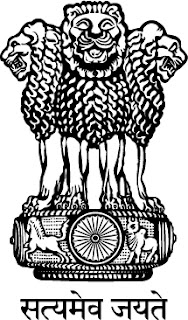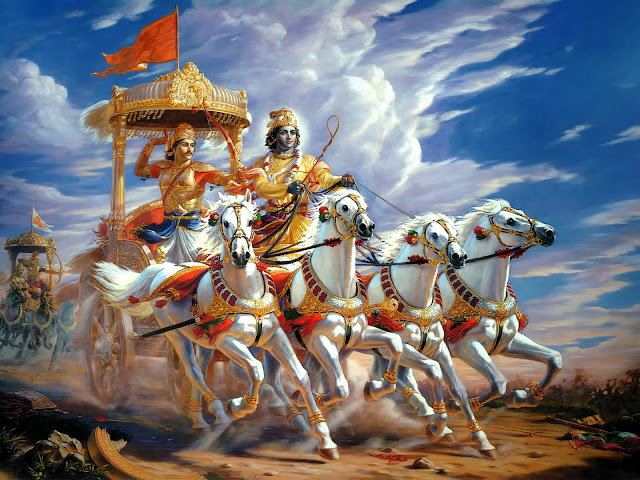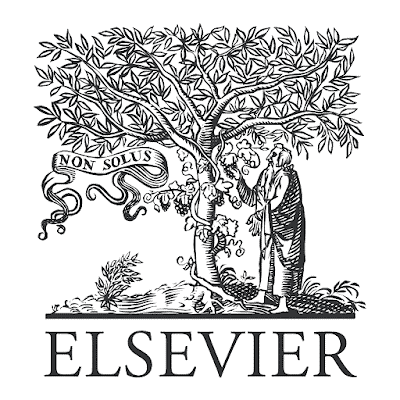Goals set for 'Viksit Bharat 2047' or 'Developed India 2047' by Governmnt of India
1. What is Viksit Bharat?
Viksit Bharat refers to a fully developed India by 2047
2. The key features of Viksit Bharat are
A high-income nation, where the per capita income is comparable to today’s richest countries.
A country with strong social, cultural, technological, and institutional development.
A nation that preserves its rich heritage while advancing in modern knowledge and innovation.
A place where people enjoy high living standards (Human Development Index), better opportunities, and global influence.
As per World Bank, high-income countries as those with a per capita income above $14,005 (as of 2023).
3. Examples of High-Income Countries:
- North America: United States, Canada
- Europe: Germany, France, United Kingdom, Switzerland, Netherlands, Sweden, Austria, Belgium, Norway, Denmark, Ireland, Luxembourg
- Asia: Japan, South Korea, Singapore, Israel
- Oceania: Australia, New Zealand
4. Rapid Growth: How Some Countries Became Developed
Many countries have quickly moved from being underdeveloped to developed by growing steadily for 20 to 30 years.
Japan – Grew rapidly during the 1950s and 1960s in what is called the Post-War Economic Miracle, becoming a leader in industry and technology.
Germany – Rebuilt its economy after World War II, experiencing an ‘Economic Miracle’ (Wirtschaftswunder) from the 1950s to 1970s.
Singapore – Transformed from a small, poor country into a developed nation by focusing on trade and industry in the 1960s and 1970s.
South Korea – Achieved fast economic growth from the 1960s to 1990s, known as the ‘Miracle on the Han River’, becoming a hub for electronics and manufacturing.
These countries prove that with strong planning, innovation, and continuous progress, a nation can achieve rapid development.
5. Amritkaal: India's Period of Rapid Growth
Every country gets a special time in history when it grows and develops at a much faster pace.
Amritkaal is that golden period for India, where the nation is set to achieve big milestones.
This is the time for India to make a huge leap forward in all areas—economy, technology, and society.
With the right efforts, India can become a global leader and a fully developed country.
6. India’s Key Strengths for Growth
a) Young Population & Entrepreneurial Spirit
India has a large and young workforce, which can drive economic growth.
More startups and entrepreneurs are creating new businesses and innovations.
With proper education and skills, India's youth can become global leaders.
b) Indians Making an Impact Worldwide
Many Indians work in top global companies, research, and politics.
The Indian diaspora helps build strong global business and cultural connections.
Indian-origin leaders in major companies boost India’s global image.
c) Rich Culture & Heritage
India has a long history of art, literature, and traditions that inspire the world.
Yoga, Ayurveda, and Indian festivals are popular globally.
India’s diverse culture strengthens its global influence.
d) Geographical Advantages
India has diverse landscapes—fertile lands, long coastlines, and rich natural resources.
Its location makes it a key player in global trade.
A mix of agriculture, industry, and technology supports economic growth.
These strengths give India a strong foundation to become a developed nation!
7. Tangible Goals set for Viksit Bharat 2047
As per NITI Ayog of Government of India the goal that needs to be achieved so that India can be a developed nation. This requires contribution for all the people of the country to make India a developed country on the occasion of 100th year Independence in 2047.
|
Sl. |
Indicator |
2014 |
2023 |
2047 |
|
1 |
GDP (Trillion US$) |
1.7 |
3.4 |
30 |
|
2 |
Per Capita Income (US$ per annum) |
1,560 |
2,392 |
18,000 |
|
3 |
Industry Contribution to GDP (%) |
26 |
28 |
34 |
|
4 |
% Reduction in Carbon Emission (from 2005 level) |
12 |
33 |
55 |
|
5 |
Total Fertility Rate (TFR) |
2.3 |
2.03 |
1.8 |
|
6 |
Infant Mortality Rate (IMR) |
39 |
28 |
2 |
|
7 |
Literacy Rate (%) |
69 |
77 |
100 |
|
8 |
Female Labour Force Participation (%) |
22 |
37 |
70 |
|
9 |
Skilled Labour Force (%) |
32 |
100 |
|
|
10 |
Global Gender Equality Rank |
114 |
122 |
<10 |
|
11 |
Population (in Crores) |
131 |
140 |
165 |
|
12 |
Median Age (years) |
25 |
29 |
37 |
|
13 |
Life Expectancy (years) |
69 |
71 |
84 |
|
14 |
Working Age Population (in Crores) |
85 |
96 |
112 |
Reference
All are included in the text as hyperlink
Read other posts of this website












Comments
Post a Comment